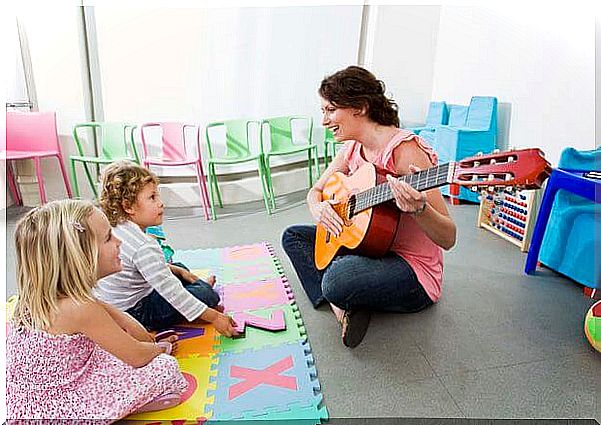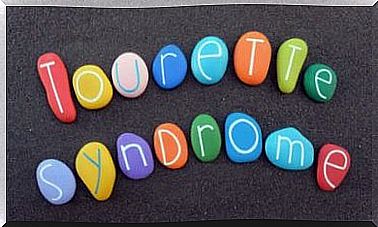Phonological Awareness, The Best Tool To Correct Dyslexia – You Are Mom

According to various studies, this is the best method to correct dyslexia. It is implemented at an early age and prevents this disorder from becoming a puzzle shared by students, parents and educators.
In some ways, this strategy involves the development of an important pre-reading skill. Now it is worth asking what it is and why it is so effective. Discover in this article the solution to one of the most common childhood problems today.
What exactly is phonological awareness?
Phonological awareness involves developing the ability to mentally manipulate the sounds of language. Its particularity lies in the total absence of written language. That is to say, to reinforce the spoken word without rushing beforehand in the field of reading and writing.
This is why an immense diversity of activities is invoked in which this rule is present. For example, deciding if a certain sound is in a word, breaking it down into syllables, or replacing one phoneme with another. It is also possible to approach this method through fun tools that are as effective and useful as they are fun.
The choice of specialists in the field of this type of strategy is not accidental. A series of studies and surveys have confirmed a shocking relationship. A phonological deficit has been identified in the vast majority of dyslexic students.
This non-minor detail goes hand in hand with a certainty from the world of science and education. The phonemic identification task is precisely one of the most predictive in reading. This is also supported by various studies on the early detection of dyslexia.

The key to its success and efficiency
It’s simple. In order for a child to learn to perform mathematical operations, it is essential to teach him the value of numbers beforehand. Likewise, in order for a student to learn to read, he or she must have certain pre-reading skills developed in advance.
In general, most dyslexics have not developed these pre-reading skills well. It is for this reason that they often have to learn to read without preparing for it. Hence the so-called “school failure” and the frustration of the children.
In this way, these children are unable to move forward in acquiring the basic and elementary knowledge of their stage. This is precisely what generates their overflow, dealing with a set of symbols and sounds that do not make sense.
True knowledge is not absorbed until you own it. This necessarily implies that the student integrates them into his previous knowledge, being able to understand, analyze and relate them. Obviously, all this without the need to resort to external stimuli.
Specifically, training in phonological awareness enables the student to understand the segmental structure of language. This develops their capacities to discriminate, categorize, associate and synthesize the linguistic information received.
Phonological awareness: no minor considerations

Of course, when referring to a pre-reading skill, it is necessary to develop it – as the name suggests – before you start reading and writing. As the learning to read begins and the child grows, the learning of phonological awareness will become less effective.
However, in general, students are treated when it is too late. In other words, parents and educators tend to wait to treat the child when the lag relative to their peers is more than considerable.
For this reason, in the case of those little ones who are already learning to read, this tool is included in the intervention program, but without going too deeply into them. You simply combine the (most basic) method with the alphabetical principle activities.
Of course, the main focus will always be on the difficulties it presents and the segments that generate the most confusion. It is therefore essential to schedule appropriate and adequate training, avoiding the implementation of activities that have no effect due to the age of the child and its complication.
In short, specialists maintain that phonological awareness training should be practiced on children between 4 and 7 years old. It is also recommended to adopt an increasing difficulty progression procedure to achieve wonderful results in learning to read and write.









